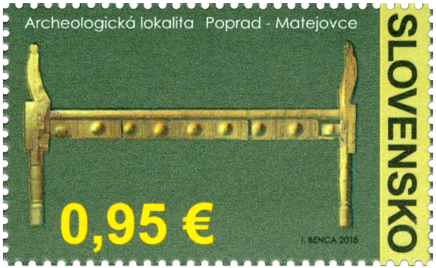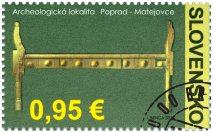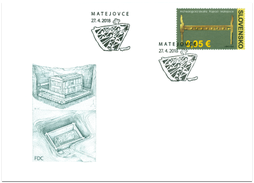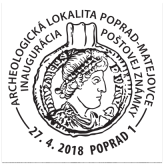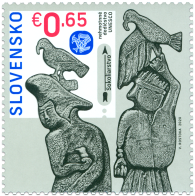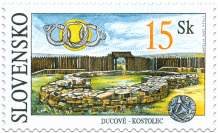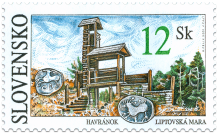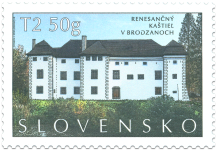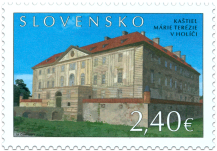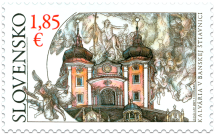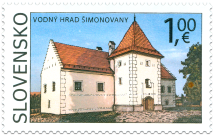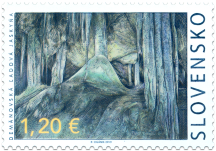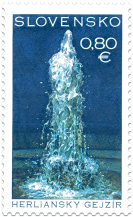659 Date of issue
27.04.2018 Face value
0.95 € Sell price
0.95 €
A unique European archaeological discovery was made in the town of Poprad-Matejovce when, in 2005, a princeʼs sepulchre was accidentally discovered. The site was excavated by experts under the direction of PhDr. Karol Pieta, DrSc. Buried 5 m underground, the tomb dates back to the 4th century AD. Wood, leather, textiles and other organic materials were well preserved thanks to a favourable microclimate. The underground log cabin measuring 4.0 m × 2.7 m was built on massive beams made of red spruce and held a wooden sarcophagus (dimensions: 2.90 × 1.70 m) containing the body of a German prince. His final resting place was outfitted with furniture, gifts and personal items including iron scissors, a silver awl with a wooden handle, bronze and ceramic bowls, and a golden pendant made of a Valens Roman Emperorʼs coin (minted in 375 AD). Even the wooden biers used to carry the deceased were discovered. The artistic craft of that era and the influence of Antiquity can be seen in the magnificent architecture of the construction and in its furnishings – a lathe table, a small table, and a gaming desk with stone tokens and especially a lavish, silver-armed bed with a spring furnace grate made from the yew tree. The tomb was broken into shortly after the prince had been buried and a majority of the valuables were taken by thieves. During the excavation, archaeologists were able to trace the robbery like police detectives as they also found tools left behind – a shovel, hoe, axe, and torch as well as a part of a stolen inventory of the grave.
The precious, ten-ton wooden artefact has been professionally preserved in specialized laboratories in Schleswig, North Germany. The finding is being assessed and prepared for public access by the Archaeological Institute of the Slovak Academy of Sciences, the Land Museum of Schleswig and the Podtatranské Museum in Poprad in collaboration with an interdisciplinary team of researchers from six countries. To complete the job, they are using the most modern scientific methods available such as 3D documentation, radiocarbon and dendrochronological dating, isotopic analyses of strontium, carbon and nitrogen, plus DNA analysis and experts from pathology, zoology and botany.
Their research has made it possible to reconstruct a story of the thirty-year-old, well-fed member of the social elite who probably came from an area situated below the High Tatras and resided in the ancient Mediterranean. The method of burial, the structure of the tomb and its inventory show a close connection to the Mediterranean from the beginning of the Migration Period.
Matej Ruttkay
© 2024 POFIS - Postal philatelic service. All rights reserved

